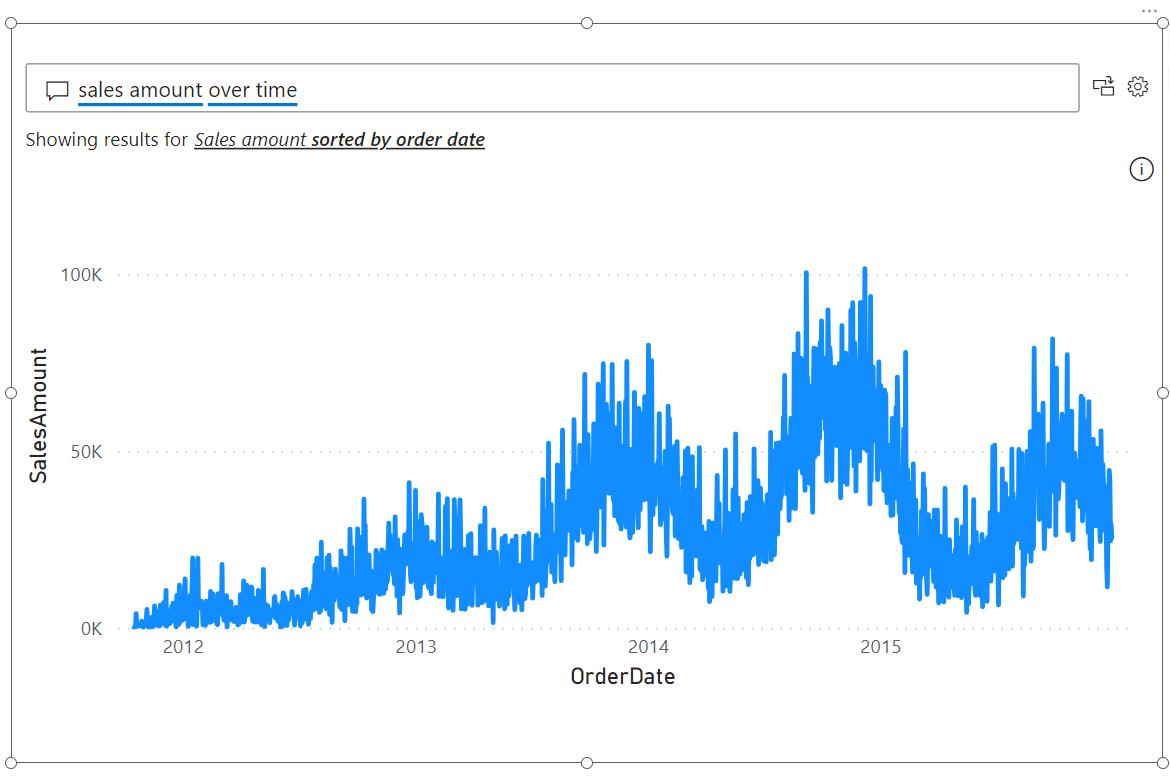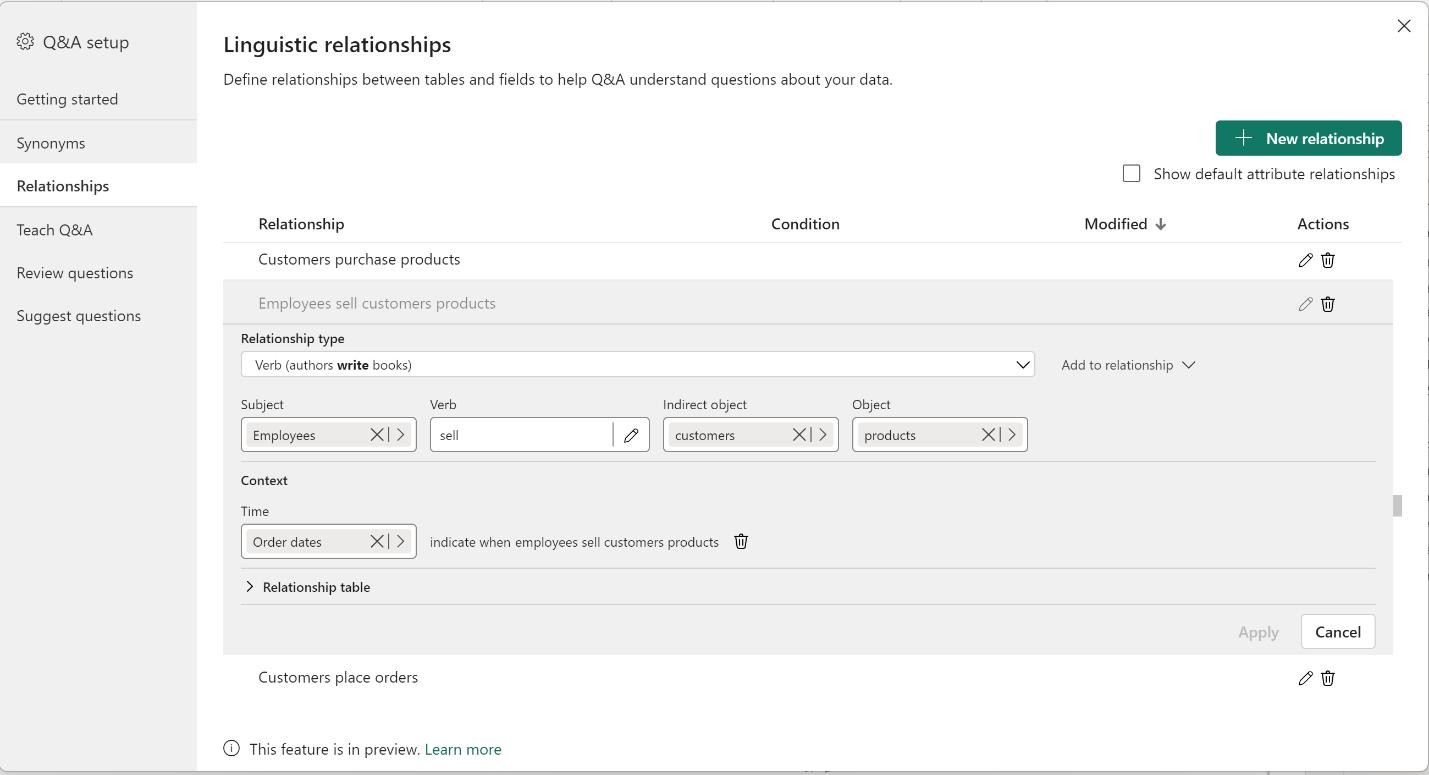
Welcome back to
this week’s edition of the Power BI blog series. This week, we look at how to edit linguistic
relationships. Who needs a marriage
counsellor..?
The Q&A visual
is an effective way to help users further understand their data by asking
questions and receiving answers in the form of visuals. It offers users a way to explore their data in
ways not covered by the rest of the report without requiring deeper knowledge
of their data model or report authoring.

However, while the
Q&A engine is good at answering precise questions about data, it may not be
able to associate every word or phrase a user inputs with data in the model. For example, answering “what are our best
consoles this year?” may require connecting the term “consoles” to the name “products”
in the model, and understanding that the term best corresponds to the highest
sales values. These terms are contextual. However, users could mean something
completely different by asking for “console” and “best” in other industries,
organisations or even datasets.
To help authors
ensure that the Q&A visual provides consistent and accurate answers based upon
the unique language their report consumers actually use, Microsoft introduced
Q&A setup tools with an emphasis on providing Q&A with synonyms for
column and table names in the model. This
way, authors can explicitly define console as referring to products and users
will always receive the correct answers when they ask similar questions in the
future.
However, synonyms
(nouns) are only half of the picture. The other half of the terms (adjectives,
verbs, prepositions, adverbs) can’t be defined with such straightforward
mappings because they must be understood as a part of a phrase: they qualify
other terms or relate other terms together. The word “best” in the above previous example
is one; asking “who sold the most books” requires us to know that stores sell
books, connecting stores to books.
There are many
types of these linguistic relationships, so Microsoft has built a new tab
entirely to help you create and manage linguistic relationships for your data. You can get into the Q&A setup menu using
the gear icon on the Q&A visual or the Q&A setup option in the Modeling
tab of the Ribbon, then selecting the new Relationships tab.

There, you’ll be
able to define a variety of relationships, including verb, adjective, noun,
preposition, and more. You should choose
a type which fits the term you’re trying to define (e.g. “best” is an
adjective), then follow the prompts to define what it means in the context of
your data.
Microsoft states
that their investment into Q&A does not stop with this. Natural language capabilities are increasingly
driven by large language models.
Therefore, there is value in the precision, consistency, and customisability
of the Q&A engine. Further, defining
synonyms and relationships can be a lengthy process just asking to be
streamlined with the power of AI-generated suggestions. Watch this space.
That’s it for this week. In the meantime, please remember we offer training in Power BI which you can find out more about here. If you wish to catch up on past articles, you can find all of our past Power BI blogs here.

Be the first to comment